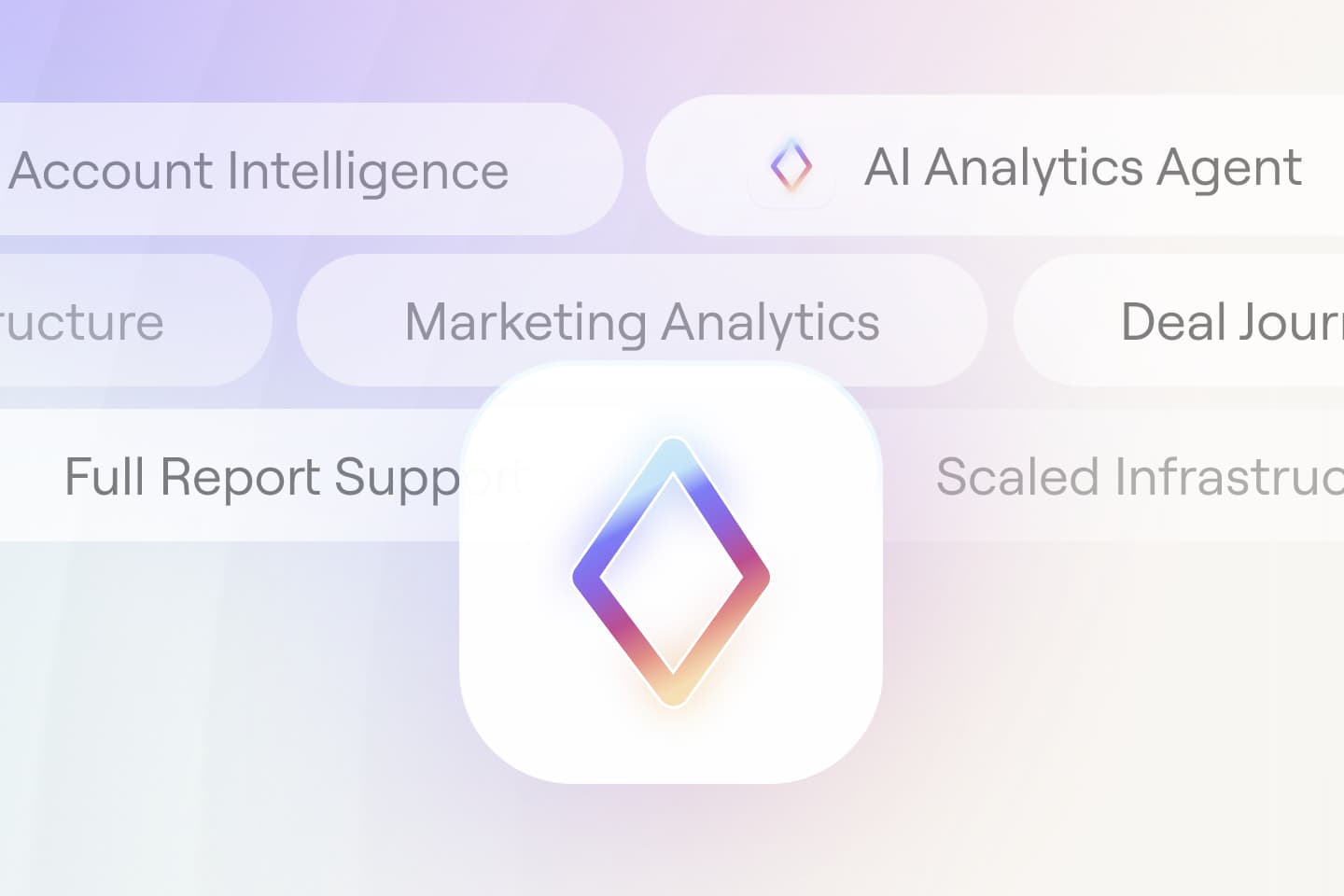HockeyStack Blog
Explore the Hockeystack Blog for a wealth of knowledge on analytics and data insights. Our articles are designed to empower you with the tools and understanding needed to excel in today's data-centric landscape.
Filters
No results found.
There are no results with this criteria. Try changing your search.

.avif)




























































